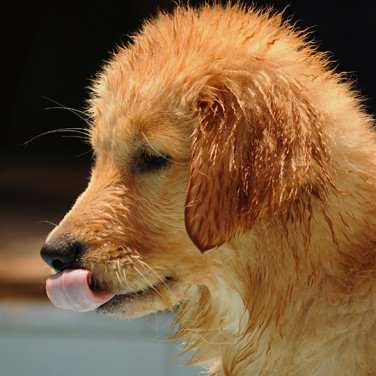ARTICLE
Natural Remedies for Dog Car Sickness and Dog Anxiety in Cars
페이지 정보
본문
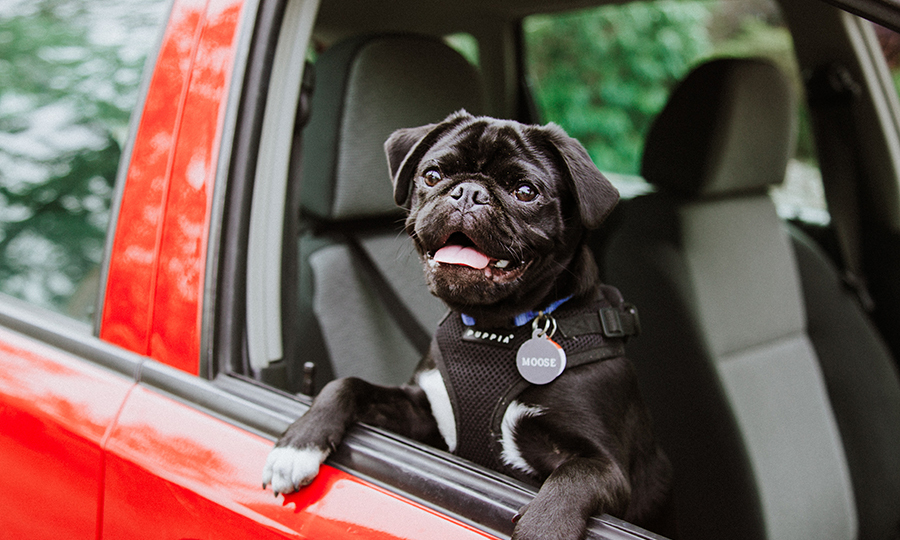
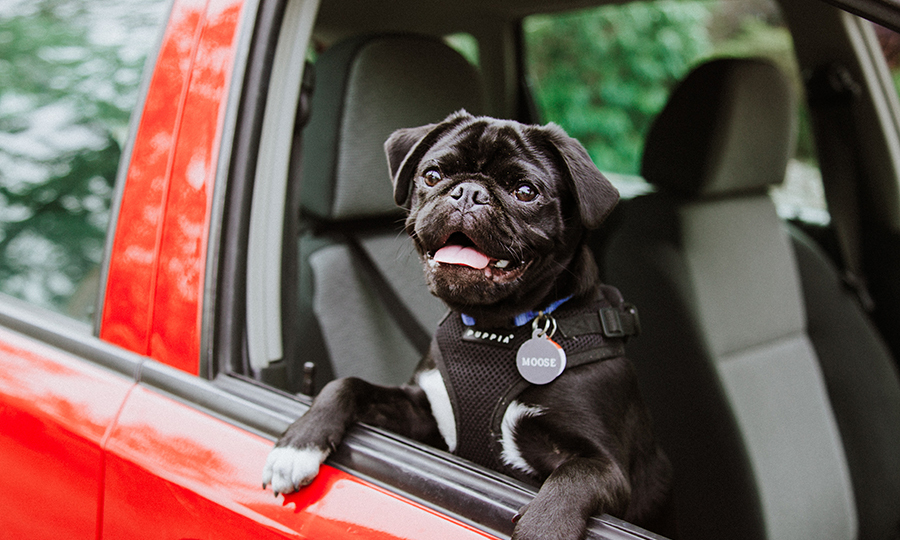
Keeping Your Dog Calm During Car Rides
Car rides with your furry friend are inevitable, whether you are planning a road trip, moving homes, or taking your pet to the vet. Car rides with your puppy can be a fun and exciting experience. However, for some dogs, car rides can be a stressful and anxiety-inducing experience. Dogs can experience anxiety during car rides for many reasons, including past traumatic experiences, motion sickness, or simply the fear of unfamiliar environments. If left ignored, this anxiety can become a significant issue, making car rides stressful for both the dog and their owner. The good news is that with patience, persistence, and positive reinforcement, you can help your dog overcome their anxiety and feel better about the car for your next trip to the vet. In order to keep your dog safe and comfortable during car rides, it is important to follow a few simple guidelines.
Five steps to take that help to prevent anxiety and motion sickness in dogs during car rides:
-
Gradual acclimation:
Sometimes, the only factor that causes anxiety in dogs is simply unfamiliarity. Gradually exposing your dog to car rides can help them become comfortable and reduce their anxiety. Start with short, slow rides around the neighborhood and gradually increase the duration and distance. Don’t forget to positively reinforce them for tolerating these new and possibly anxiety-inducing experiences with treats or their favorite meal!
-
Provide fresh air:
Keeping the car windows partially open can provide fresh air and reduce motion sickness in dogs. The fresh air and movement can help to regulate their inner ear balance and reduce symptoms of motion sickness drastically.
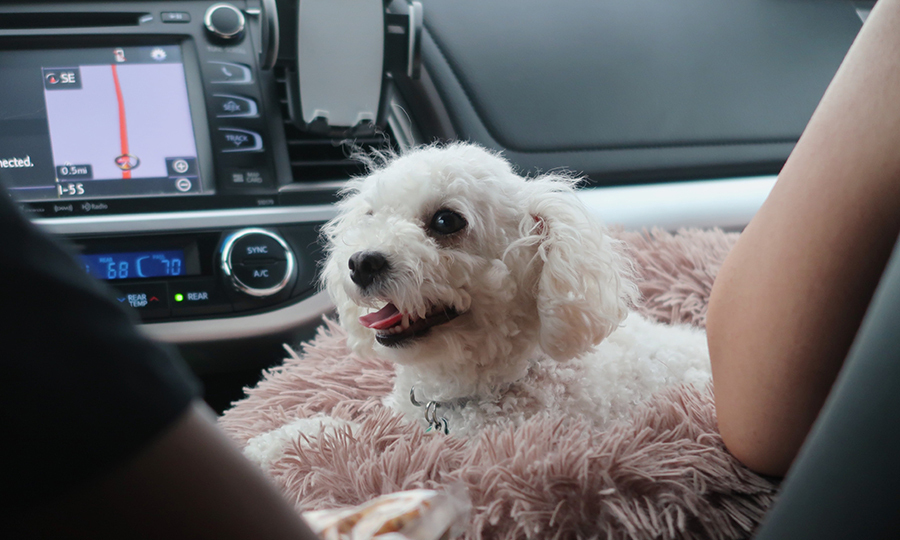
-
Use a calming aid:
Calming aids, such as pheromones or music, can help to reduce your dog's anxiety during car rides. You can also try using a calming supplement or giving your dog a calming treat before the ride. Consult with your veterinarian about which calming aid is best suitable for your pet’s condition and lifestyle if you are uncertain which option to go with!
-
Create a comfortable environment:
Providing a comfortable and familiar environment in the car can help reduce your dog's anxiety. You can bring their bed or a favorite toy to create a sense of security and familiarity in the beginning stages of gradually acclimating your puppy to car rides.
-
Avoid Feeding Before Rides:
Avoid feeding your dog too close to the ride or giving them a large meal prior to the ride. This can reduce the risk of motion sickness and keep them calm during the ride. If necessary, feed them in small portions during the ride to help with positive reinforcement and act as a tasty distraction.
By implementing these five tips, you can help to prevent anxiety and motion sickness in dogs during car rides. This means fewer frantic movements that could potentially distract you from the road and no unfortunate symptoms for your puppy on your upcoming road trip! Remember, every dog is unique, so it is important to monitor their behavior and adjust the approach as necessary.
Additional tips for car sickness in dogs and symptoms to look out for
Exercising your dog before any car ride can help to decrease stress and make it easier for them to associate nothing negative with their first few car rides. During the car ride, it is important to avoid exposing your dog to stressful stimuli, such as loud noises or sudden movements. If you notice your dog behaving anxiously, restlessness, drooling, whining, etc. take frequent breaks for your dog to stretch and relieve themselves, and reassure and comfort them with calm words and petting. Avoid any type of scolding as that will only build fear in your dog, increasing their stress and anxiety even further.
It is also important to use a comfortable, secure crate or seatbelt harness for your dog. This will keep them safe and secure during the ride, and also provide a sense of stability. If the road conditions allow for it, avoid sudden stops, sharp turns, and rough routes as much as possible. If some of these conditions are unavoidable, try to provide a smooth and steady ride for your dog by slowing down and taking turns gradually. Encouraging your dog to look outside the car can also help with motion sickness, as it provides a visual distraction from the movement of the car. If you continue to have concerns about your dog's behavior during car rides, such as any symptoms such as vomiting or panting, it is recommended to consult with a veterinarian for further advice.
Frequently asked questions about dog motion sickness and car anxiety in dogs
Are there any natural remedies for dog motion sickness or car sickness?
There are natural home treatments available in most households such as ginger or peppermint treats that are safe for dog consumption. There is a proven effect in reducing nausea in humans and animals if you give a dog-safe ginger or peppermint treat, a small amount of freshly grated ginger root, or a few drops of peppermint essential oil on a piece of cloth your dog can smell from a safe distance.
During a car ride, you can purchase essential oil diffusers, such as lavender or chamomile, which have a calming and relaxing property that can help reduce anxiety and motion sickness in dogs. Similarly, a cloth with a few drops kept handy in a compartment in your car can be used in a pinch to have them smell from a safe distance.
It's important to note that every dog is unique and may respond differently to these remedies. It is recommended to consult with a veterinarian before trying any new remedies or supplements to ensure the safety of your pet. Additionally, if your dog's symptoms persist, it is important to seek veterinary care for further evaluation and treatment.
How long does motion sickness last in dogs?
Many dogs learn to outgrow their motion sickness by the time they turn 1 year old. Adult dogs that continue to exhibit anxious or nauseous behavior during travel may be due to a lack of conditioning while they were a puppy. Understandably, the overwhelming unfamiliarity sensation of being inside a moving vehicle may trigger this behavior. If you follow the guideline above on how to prevent dog car sickness, your dog can learn to enjoy car rides with you on their next trip to the vet!
What is motion sickness in dogs?
Car sickness is a common problem that affects many dogs, and it can be a stressful experience for both the dog and their owner. Dogs experience car sickness because their inner ear is sensitive to motion, and the movement of the car can cause disorientation and nausea. In severe cases, car sickness can cause vomiting and diarrhea, and it can even lead to a fear of riding in a car.
In conclusion
Car sickness is a common problem in dogs, but it can be prevented with the right steps and attention. By following the tips provided in this article, you can help to reduce your dog's stress and anxiety during car rides, and ensure both you and your furry buddy a safe and enjoyable experience!
Read more on the Buddydoc blog page!
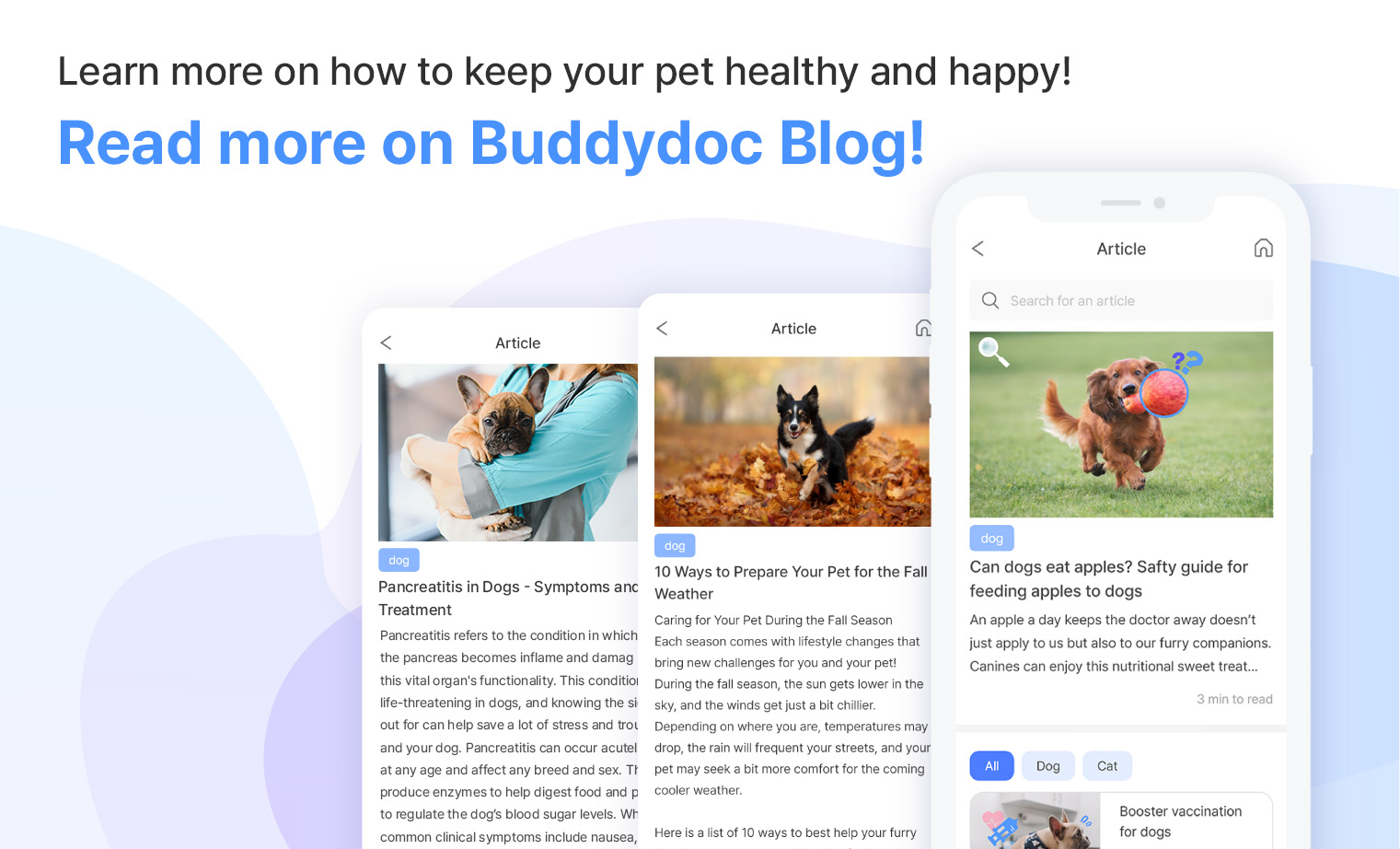
Buddydoc provides a weekly updated blog to keep you informed on the latest and best ways to prepare and take care of your pet all year round. Check out more articles you may be interested in!




